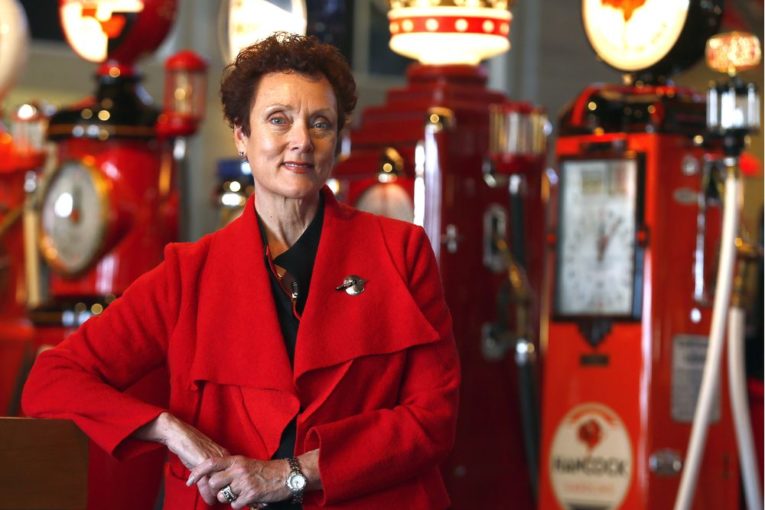
Ever since I moved to Alberta from New Brunswick 13 years ago, I have been fascinated by the sheer scale and scope of Canada’s energy industry.
A trip to Fort McMurray in 2014 offered me a glimpse into the magnitude of the oilsands operations located there. I left with a new understanding of the oilsands and what they mean not only to Albertans, but to Canadians from coast to coast.
The energy industry has been the economic engine of our nation. It is not just Alberta and Saskatchewan that have benefited from these natural resources, but rather, our entire country.
The business of Heritage Park Historical Village is history. We tell the stories of the First Nations on their traditional lands, to the first settlers and beyond. Their triumphs and their trials. Some of the biggest risk takers in history were the pioneers in the energy industry: Archibald Dingman, Bobby Brown, Fred Mannix, Eric Harvey, Bob Blair, Eugene Coste, Ted Link, Carl Nickle, to name but a few.
These mavericks stepped up to lead the discovery of oil in Turner Valley and toiled in the fields of Alberta and Saskatchewan, looking for that strike that would help build a fledging nation. And they succeeded. The footsteps they left were quickly followed by the next generation of innovators and risk takers.
Today, this continues as visionaries develop new technology to ensure that our future energy needs are going to be met. And they are substantial.
The question that continues to come to my mind, as I ponder that future, is what are we teaching our children about energy? Who are we allowing to influence these future energy beings? Does our next generation understand how what they do today and how they behave will have an impact on what the e-world will look like tomorrow? Are they going to be conservationists or wastrels? Are we really telling the full story?
These are the thoughts that wander through the mind of a museum CEO whose organization is tasked with education, preservation and presenting the facts. It’s an important job.
Not only do I think we can tell the full story; we must. Our country is one of the leaders in the development of renewable energy sources. We have the sun, the wind and the water to complement our fossil fuels and reduce our carbon footprint. We are leaders in the advancement of artificial intelligence and how it can be used to improve the way resources are gathered and distributed.
As museums, our role is to present the facts, based on science and history and allow people to draw their own conclusions. We exist to stimulate discussion and encourage differing points of view. It is only through having a fulsome dialogue on our energy future, that we will be able to direct the course of history.
A new project being undertaken at Heritage Park is telling the full story of our energy industry — past, present and future. We will follow in the footsteps of the pioneers and experience drilling for oil, mining for coal or panning for gold, hands on.
We will connect in a visceral way with today’s renewable energy sources and see how the power of sun, wind and water is converted to energy and used to power a building.
Then, glimpse into the world of the future as autonomous electric cars carry people to their destinations. See how future-world clean energy technologies will provide real world solutions — not only to reduce carbon pollution that causes climate change, but also to drive a domestic energy economy with technologies that are increasingly cost-competitive with existing conventional technologies to benefit people worldwide.
I believe that this project is not only timely, but necessary to educate our fellow Canadians about the diversity of energy in all forms. How to manage it to create a sustainable, low-carbon future and inspire and help people understand how their actions and decisions today will play an important role in our energy system tomorrow.
Alida Visbach is president and chief executive officer of Heritage Park Historical Village.
You can read more of the news on source
